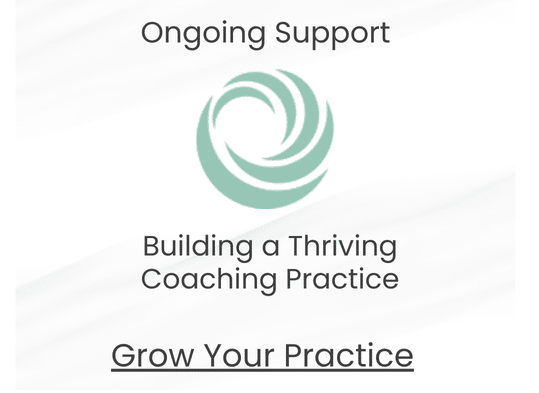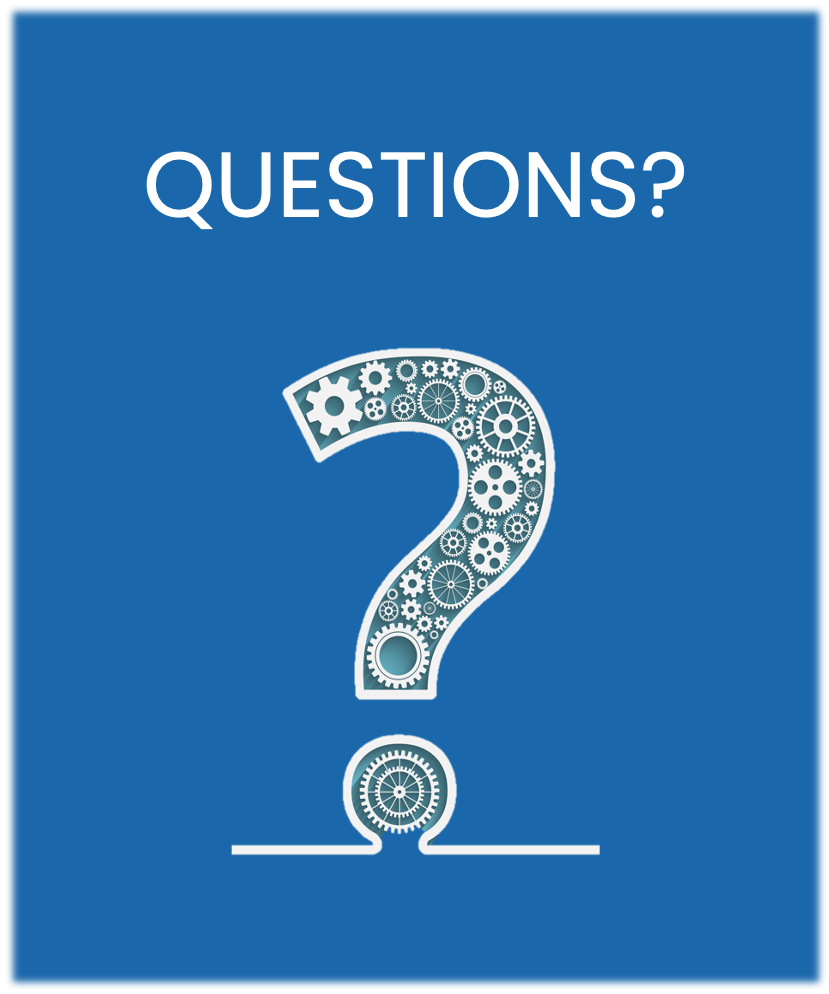by Daphne Eviatar
A few years ago, I participated in a leadership training and, at one point, everyone had to go around the circle and declare their “purpose.” This was the sort of exercise I dreaded, so I scrambled to come up with something plausible I could say that wouldn’t be too embarrassing. Then I heard one of the retreat leaders announce that her purpose was “love.”
My eyes widened and it took all the energy I could muster to keep from rolling them. “Love?” I thought. “Really? And this is a professional leadership training?”
It’s easy to be cynical about the word “love.” It’s exploited to sell products and convince us we need lots of self-improvement to be worthy of it. In Hollywood movies or on TV, it’s mostly young beautiful women who find it (the movies are much more forgiving to men), prompting the rest of us to feel we should rush out and buy whatever we can be duped into thinking might allow us to make ourselves over into that image. The obsessive focus on the self that this creates actually leads to the opposite of love: self-consciousness and self-loathing, as well as a cramped and defensive view of everyone else.
The popular view of nonromantic love, meanwhile, is the perfect immediate family, consisting of mother, father, and several children, all happy, attractive, posing perfectly for their envy-inducing snapshot on Facebook.
I’ve since gotten to know that retreat leader better, and I don’t think she meant any of those things. I think she was talking about a far more expansive, and healthy, understanding of love, one that leads to the opposite of self-consciousness, narcissism, and envy; one that instead helps dissolve the boundaries between ourselves and the world around us, opening up greater possibilities for engagement, and for joy.
In these times of political turbulence, uncertainty and fear, I think that broader meaning of love—and the ability to find and create it in unlikely places—will become more important than ever.
The research psychologist Barbara Fredrickson calls this kind of love “positivity resonance.” Her book, Love 2.0, offers an intriguing look at the whole concept of love: what it means, when it occurs, the powerful physical and psychological effects it has on us—and its potential to connect us to a much broader range of people.
Fredrickson finds that love is nothing like what we see in the movies. It’s not something you fall into or have unconditionally or need to find from one special person. It doesn’t require commitment or long-term bonding or even shared values, although those things can encourage it. But, in itself, love is often a fleeting feeling that you can have when you connect with almost anyone, including a complete stranger, under the right circumstances. It has a powerful impact on our bodies and our health, and literally synchronizes people as their brain functions mirror one another’s. Studies show the experience of this sort of love actually creates a broader perspective and understanding, of ourselves, of the other person, and of everything around us. What’s more, its quantity is unlimited; it’s an emotion we can develop and increase, regardless of our current relationship or family circumstances.
Obviously, this isn’t specifically romantic love, although that’s one form of it. It’s more simply, as Fredrickson defines it, “that micro-moment of warmth and connection that you share with another living being, and is “perhaps the most essential emotional experience for thriving and health.”
Positivity resonance is literally a “back and forth reverberation of positive energy.” Indeed, brain imaging studies done by Princeton professor Uri Hasson have shown that connection between two people actually creates synchronized changes in both people’s biochemistry. Parts of people’s brains literally come into sync during emotional moments—what Hasson calls “brain-to-brain coupling.” It’s how we understand each other.
The impact on our minds and bodies is astonishing. Here are a few of the benefits.
It strengthens our resilience.
Love, or positivity resonance, strengthens the vagus nerve, which reaches from the brain down through the body to the abdomen, and touches most major organs along the way. The vagus nerve plays a key role in the parasympathetic nervous system, which regulates the body’s stress level. A strong vagus nerve, or high vagal “tone,” as it’s measured, means the parasympathetic nervous system is working effectively to reduce the negative impact of stress on the body—slowing your heart rate after a frightening experience, for example. Scientists view vagal tone as a reflection of the strength of the immune system; a strong vagal tone make us more resistant to a broad range of diseases, including heart failure, stroke, arthritis, diabetes, and even some cancers.
It increases connection.
Love also affects our bodies by increasing levels of the hormone oxytocin. We know oxytocin is critical to mother-child bonding and sexual connection, but it’s also been found to increase during much more subtle emotional and social interactions (even with our dogs!). Oxytocin triggers the release of serotonin, which leads to increased feelings of happiness and reduces levels of stress. (Most antidepressant medication similarly tries to increase the brain’s serotonin levels.)
It supports social activism.
Instead of focusing only on achieving a particular outcome, which may be elusive, the possibility of connecting in a real way with others sharing the same goals—and experiencing the same frustrations—can give advocacy work a whole other purpose. This sort of “love” can help counter the burnout that advocates so often feel in another way, too. Focusing on the problems of the world and seeing few easy solutions can quickly lead to pessimism, despair, and depression. Focusing on positive feelings for those you might benefit, on the other hand—what lovingkindness meditation does—can really lift the spirit.
Of course, meditations on love and kindness or positive interactions with neighbors, colleagues, or clients won’t stop wars or save the planet or directly help those suffering the consequences of those disasters. But if practiced regularly and sincerely, they can renew our sense of hope by changing how we feel towards other people, including those most harmed by the world’s problems. And that can help keep us motivated to do what we can to help.
It’s up to you.
What’s most encouraging is that the frequency of these experiences is largely within our control. Increasing this sort of love is ultimately about letting ourselves be open to it. Sure, there are formal practices designed to induce loving feelings, like lovingkindness meditation, or reflecting at the end of each day on the most positive interactions you had with other people. (Fredrickson has studied these practices and finds that if done over time, they actually increase vagal tone.) So, too, can simply increasing awareness of the positive impact that true connections can have.
Daily interactions, with colleagues at work or neighbors in the park, for example, can take on a new meaning. Instead of merely awkward small talk by the water cooler or bleary-eyed encounters while picking up dog poop in the morning, they become important opportunities for increasing positivity resonance and enhancing health.
Daphne Eviatar, a CiPP graduate, is a certified professional coach and consultant who helps individuals and organizations figure out what they want to change and how they want to change it. Daphne received her coach training through Leadership That Works’ Coaching for Transformation program, accredited by the International Coach Federation. She also completed the Rockwood Institute’s Art of Leadership and Advanced Art of Leadership fellowship programs, and is a Rockwood-affiliated professional coach. A lawyer and former journalist, she is a graduate of New York University School of Law, Columbia University Graduate School of Journalism, and Dartmouth College. daphneeviatar.com


 Daphne Eviatar, a CiPP graduate, is a certified professional coach and consultant who helps individuals and organizations figure out what they want to change and how they want to change it. Daphne received her coach training through Leadership That Works’ Coaching for Transformation program, accredited by the International Coach Federation. She also completed the Rockwood Institute’s Art of Leadership and Advanced Art of Leadership fellowship programs, and is a Rockwood-affiliated professional coach. A lawyer and former journalist, she is a graduate of New York University School of Law, Columbia University Graduate School of Journalism, and Dartmouth College.
Daphne Eviatar, a CiPP graduate, is a certified professional coach and consultant who helps individuals and organizations figure out what they want to change and how they want to change it. Daphne received her coach training through Leadership That Works’ Coaching for Transformation program, accredited by the International Coach Federation. She also completed the Rockwood Institute’s Art of Leadership and Advanced Art of Leadership fellowship programs, and is a Rockwood-affiliated professional coach. A lawyer and former journalist, she is a graduate of New York University School of Law, Columbia University Graduate School of Journalism, and Dartmouth College. 






